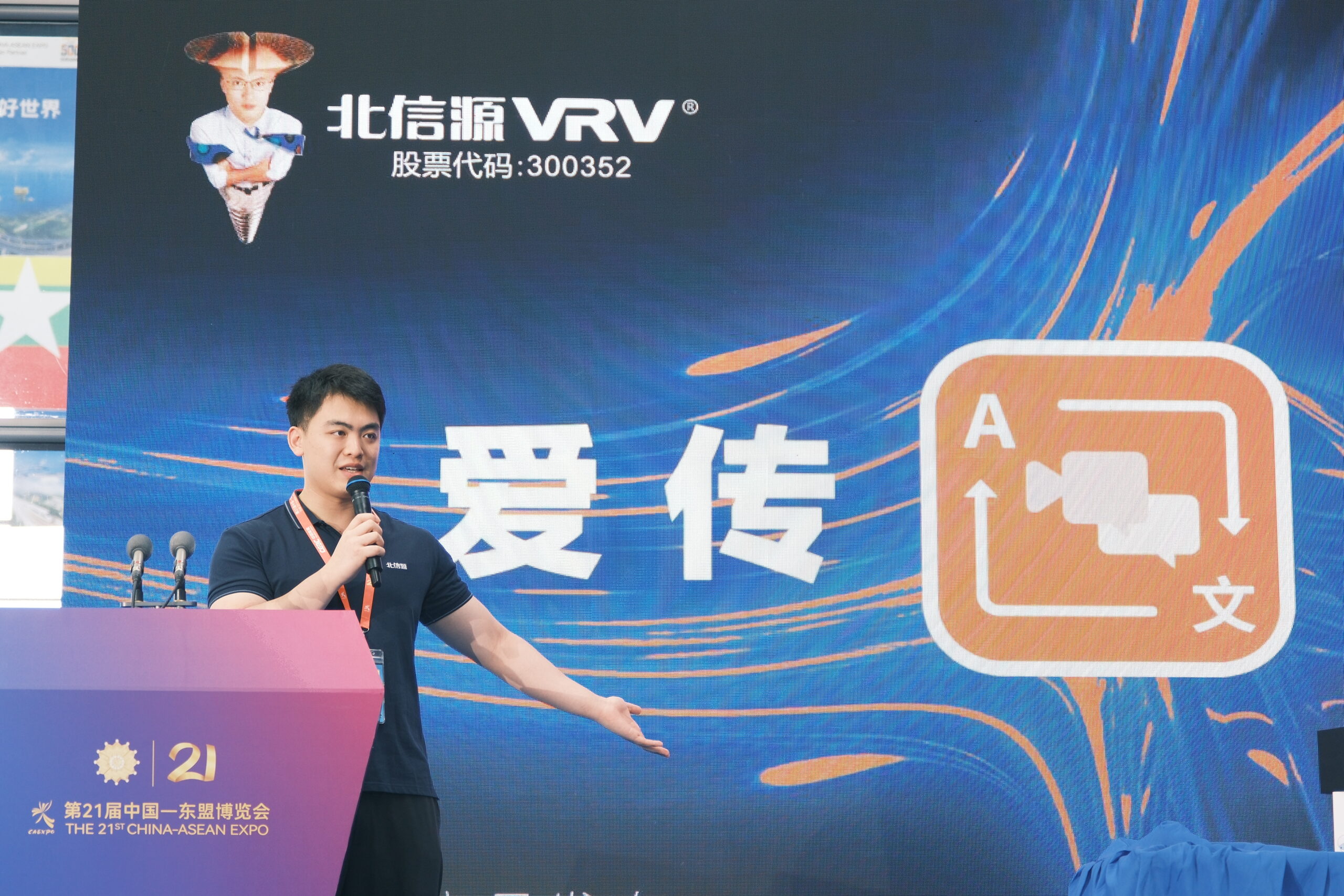In today’s globalized world, the translation process has evolved far beyond simple word-for-word conversion. Modern translation relies on collaboration, sophisticated technology, and—crucially—individual metacognitive skills. Recent research on technology-assisted collaborative translation has revealed striking differences between higher- and lower-achieving teams, highlighting how individual metacognition not only influences personal performance but also impacts overall team outcomes.

Understanding Metacognition in Collaborative Translation
Metacognition refers to the process of “thinking about one’s own thinking.” In the context of collaborative translation, it involves self-awareness, planning, monitoring, and evaluating one’s translation strategies. This higher-level cognitive process is essential when teams use digital tools to manage complex texts and technical terminology. Individuals who actively engage in metacognitive practices can:
- Plan and Strategize: Set clear goals before initiating a translation task.
- Monitor Progress: Regularly assess the accuracy and consistency of their work.
- Evaluate Outcomes: Reflect on completed translations to identify areas for improvement.
Technology-Assisted Collaborative Translation: The New Frontier
The integration of technology—ranging from advanced computer-assisted translation (CAT) tools to real-time collaborative platforms—has transformed traditional translation workflows. These tools help streamline processes, but their effectiveness often depends on the translator’s ability to interact with them through metacognitive regulation. Key technological features include:
- Real-Time Collaboration: Multiple translators can work on the same document simultaneously, sharing insights and strategies.
- Automated Suggestions: Machine translation engines provide initial drafts that require human refinement, emphasizing the need for evaluative judgment.
- Digital Glossaries and Memory Banks: These resources support consistency across teams but must be used with a critical, reflective approach.
Comparing Higher- and Lower-Achieving Teams
Research comparing teams with varying achievement levels has identified several factors that differentiate successful groups from those that struggle:
- Effective Metacognitive Strategies: Higher-achieving teams consistently exhibit robust self-regulation practices. Members plan their approach, monitor ongoing translation quality, and engage in reflective discussions about their process.
- Proactive Use of Technology: Top-performing teams leverage technology not just as a tool but as an integrated part of their workflow. They adapt digital resources to fit their needs, constantly refine their methods based on feedback, and remain open to new technological solutions.
- Collaborative Communication: In successful teams, metacognitive awareness extends beyond individual tasks. There is a culture of open dialogue where members share insights, critique work constructively, and collectively troubleshoot challenges.
- Adaptability and Flexibility: Lower-achieving teams often display rigid approaches. They tend to rely heavily on automated suggestions without sufficient self-monitoring or reflective practice, which leads to inconsistency and error propagation.
Additional Insights Beyond the Study
While the study provides valuable comparisons, several additional factors can further enhance the effectiveness of technology-assisted collaborative translation:
- Training and Professional Development: Systematic training that emphasizes metacognitive strategies can empower translators to better navigate both the cognitive and technological aspects of their work. Workshops, peer reviews, and simulation exercises can help build these essential skills.
- User-Centered Technology Design: Developers of CAT tools and collaborative platforms should incorporate features that support metacognitive processes. For example, integrated self-assessment tools, feedback loops, and customizable dashboards can encourage translators to reflect on their performance.
- Cross-Cultural Considerations: Translation work is often embedded in cultural nuances. Encouraging translators to incorporate cultural insights into their metacognitive reflections can lead to more nuanced and accurate translations.
- Future Research Directions: Further studies could explore the impact of individual differences—such as cognitive styles, experience levels, and cultural backgrounds—on metacognitive practices within collaborative teams. Additionally, examining the role of emerging technologies like augmented reality or adaptive learning systems could provide deeper insights.

Implications for Practice
The findings underscore the importance of fostering metacognitive skills among translators:
- For Educators: Integrating metacognitive strategy training into translation curricula can prepare future translators to make effective use of technology.
- For Managers: Encouraging a reflective work environment, providing regular feedback, and facilitating peer learning can significantly enhance team performance.
- For Developers: Creating translation tools that support self-monitoring and reflective practices can lead to more effective human–machine collaboration.
Frequently Asked Questions
Q: What is metacognition, and why is it important in translation?
A: Metacognition is the process of reflecting on one’s own thought processes. In translation, it helps individuals plan, monitor, and evaluate their work, leading to more accurate and coherent translations.
Q: How does technology assist in collaborative translation?
A: Technology provides tools like real-time collaboration platforms, automated translation suggestions, digital glossaries, and translation memory systems that streamline the translation process and support consistency.
Q: What distinguishes higher-achieving translation teams from lower-achieving ones?
A: Higher-achieving teams use effective metacognitive strategies, proactively adapt technology to their needs, engage in open communication, and remain flexible in their approach, while lower-achieving teams often rely too heavily on automation without sufficient self-monitoring.
Q: Can training improve a translator’s metacognitive skills?
A: Yes, targeted training programs that emphasize reflection, self-assessment, and collaborative problem-solving can significantly enhance a translator’s metacognitive abilities and overall performance.
Q: What role does feedback play in technology-assisted translation?
A: Feedback is crucial as it helps translators adjust their strategies, learn from mistakes, and improve both individual and team performance. Continuous feedback loops can lead to sustained improvements over time.
Q: How can technology be designed to support metacognitive practices?
A: Developers can integrate features like self-assessment tools, customizable dashboards, and real-time feedback mechanisms into translation platforms, making it easier for translators to reflect on and refine their work.
Q: Are there cultural factors that affect collaborative translation?
A: Yes, cultural nuances and language-specific contexts play a significant role. Encouraging translators to incorporate cultural insights into their reflective practices can improve translation quality.
Q: What future technologies might further enhance collaborative translation?
A: Emerging technologies such as augmented reality, adaptive learning systems, and enhanced AI models could further support metacognitive practices and improve the overall efficiency and accuracy of collaborative translation.
Q: How can translation managers foster a culture of metacognition?
A: Managers can promote regular team reflections, organize peer review sessions, and encourage open discussions about challenges and successes in the translation process.
Q: Why is it important to compare higher- and lower-achieving teams?
A: Comparing teams helps identify effective strategies and practices. Understanding the differences can guide targeted improvements in training, technology use, and team management, leading to overall enhanced performance.

Conclusion
Individual metacognition plays a pivotal role in technology-assisted collaborative translation. Higher-achieving teams demonstrate that reflective practices, effective use of technology, and open communication significantly contribute to translation quality. By incorporating these insights into training, technology design, and management practices, the translation industry can pave the way for more accurate, efficient, and culturally nuanced work. As the field continues to evolve, fostering metacognitive skills will be essential for navigating the complexities of collaborative translation in an increasingly digital landscape.
Sources Nature


